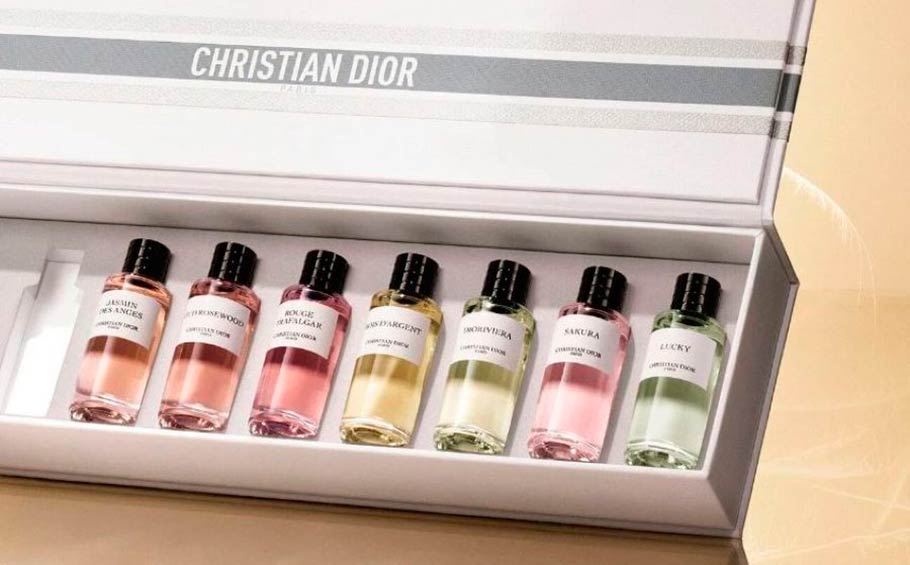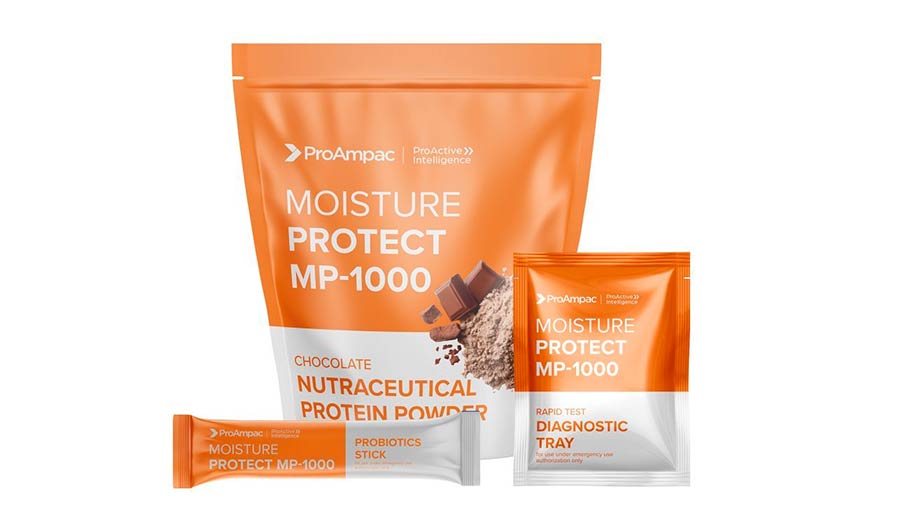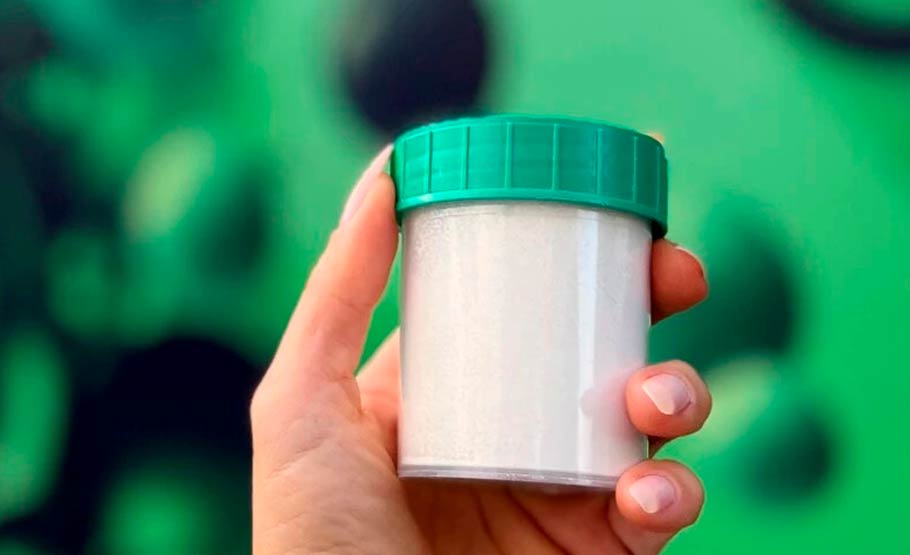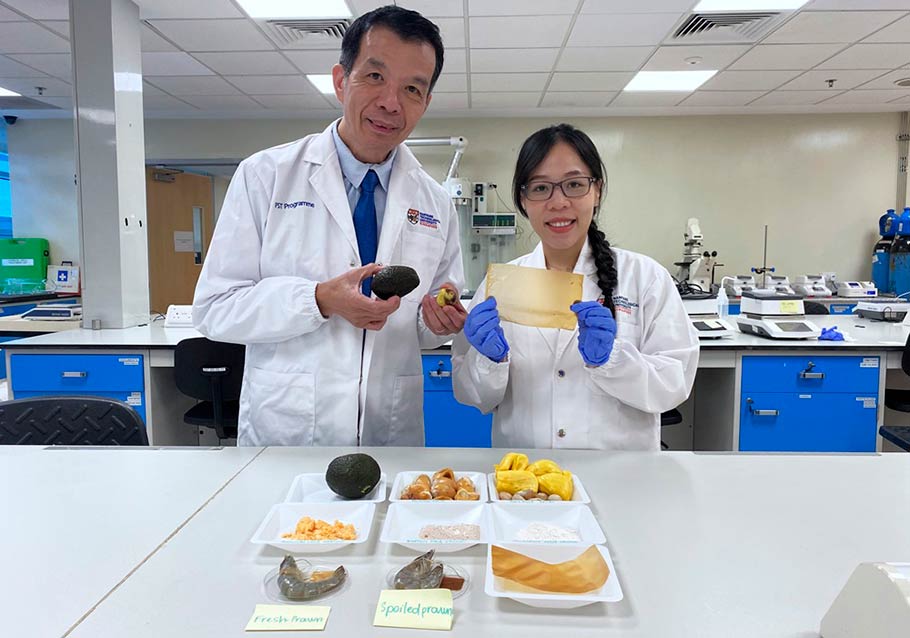
Parfums Christian Dior becomes the first company in the cosmetics industry to use a completely plant-based PEF polymer for its primary packaging. This is the result of a three-year collaboration with Avantium, which actually developed the polymer, called Releaf.

Yes, we have written about such solutions many times. And we will probably write about them many more times. They all seem similar, but each is unique in its own way. And also, different manufacturers have different specifics of application, different levels of barrier properties, different prices and terms of purchase, finally.

Once again, ProAmpac surprises with an expansion of its portfolio of films for packaging. This time, manufacturers of goods for which an increase in the humidity level in the package is critical can rejoice. Now you can not add bags with moisture absorbers to the product packaging.

Finnish company Fortum Recycling & Waste presented its latest technology, which allows obtaining bioplastic literally from smoke. Or rather, from one of its components – carbon dioxide.

In the last couple of years, we have not ceased to be amazed by the source material from which film or paper for packaging are ultimately obtained. Seaweed, bamboo, fallen leaves, rice waste, mushrooms... You can't remember them all. And now it's the turn of onion peels.

News of a very useful discovery came to us from Singapore. There, at the Singapore Technical University, they developed a biodegradable wrap for food packaging that can change color when the product spoils. In addition, it also has antibacterial properties and can protect the product from microbial contamination.

This is the question that arises after reading the packaging news feeds recently. We have already written more than once about the new developments of PulPac and its partners. And each time new options for packaging made of dry molded fiber appear.

